(CLO) A 23-year-old Cambodian woman was promised a path to professional development and a better future in Japan, but instead, she was trapped in a nightmare.
Recruited under the country's technical intern training program, she alleges that she was repeatedly raped by the manager of the strawberry farm where she worked, forced to have an abortion and threatened with deportation if she resisted.
She filed a lawsuit in Tokyo on Monday, seeking up to 80 million yen ($521,700) in damages. Rights groups say the case shines a light on exploitation in Japan’s controversial foreign trainee program.
In court documents, the unnamed woman alleges that the 58-year-old farm manager raped her “on a near daily basis” from December 2022 to April 2023. Despite having an abortion, the sexual assaults continued. The manager has denied the allegations, however, claiming the acts were consensual.
Notably, this is not an isolated case. Two other Cambodian women working on the same farm have also joined the lawsuit, alleging sexual assault by the same man. Human rights groups say it is a prime example of exploitation in a system that makes foreign workers vulnerable to abuse, and have called the program a form of “modern-day slavery.”

Illustration: Pixabay
The Foreign Intern Training Program, created in 1993, was originally intended to help workers from developing countries learn job skills so they could return to their home countries. However, labor rights groups say it has instead become a tool to attract cheap, exploitable labor.
Employers have been accused of underpaying interns, forcing them to work unpaid overtime and living in poor conditions. In addition, visa regulations that only allow workers to work for one employer leave interns with little ability to change jobs if they are abused.
The Japanese government recently announced changes to its policy allowing trainees to change employers, but doubts remain about the effectiveness of the changes. “Participants in the program are not treated as human beings but as tools of labor,” said Ippei Torii, director of the Japan Migrants Solidarity Network. “Most of the women who participate in the program have experienced sexual harassment.”
Such abuses are not uncommon. Between 2014 and 2016, Japan’s labor ministry recorded 22 deaths of foreign trainees due to work-related accidents, including cases of so-called “karoshi” – death from overwork.
The death rate for foreign trainees is twice as high as that of Japanese workers. And in 2023, more than 9,700 trainees out of a total of about 410,000 fled their employers, reflecting the harsh living and working conditions they endured.
“We have to ask, if the Japanese government treated Japanese workers like this, how would the public react?” said Teppei Kasai, an official at Human Rights Watch Japan. “The government is using this ‘training’ program to attract cheap labor, while imposing restrictions that prevent workers from changing jobs. This is systemic discrimination and modern slavery.”
Although the Japanese government has pledged to abolish the trainee program by 2027, many are skeptical that this will bring about real change.
For Mr. Kasai, the delay in abolishing the trainee program is unacceptable. “If they abolished the program earlier, maybe incidents like this could have been prevented.”
Labor rights groups say the case should serve as a wake-up call not only to Japan but also to other countries that rely on migrant workers without protecting workers' rights.
Hoai Phuong (according to SCMP, Nikkei Asia, Kyodo News)
Source: https://www.congluan.vn/nhung-goc-khuat-dang-sau-chuong-trinh-thuc-tap-sinh-nuoc-ngoai-tai-nhat-ban-post326218.html




![[Photo] General Secretary To Lam arrives in Minsk, begins state visit to Belarus](https://vphoto.vietnam.vn/thumb/1200x675/vietnam/resource/IMAGE/2025/5/11/76602f587468437f8b5b7104495f444d)

![[Photo] General Secretary To Lam meets and expresses gratitude to Vietnam's Belarusian friends](https://vphoto.vietnam.vn/thumb/1200x675/vietnam/resource/IMAGE/2025/5/11/c515ee2054c54a87aa8a7cb520f2fa6e)



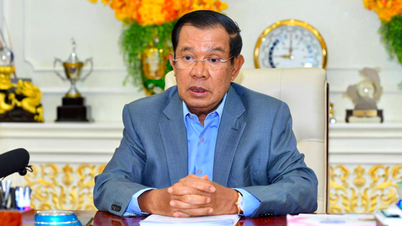

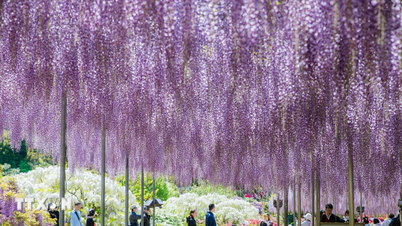








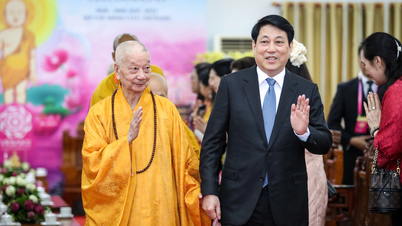

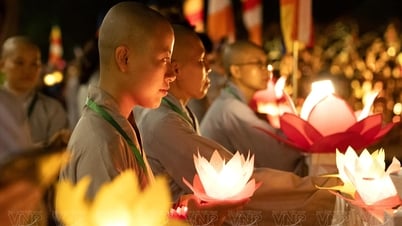












![[Photo] General Secretary To Lam concludes visit to Russia, departs for Belarus](https://vphoto.vietnam.vn/thumb/1200x675/vietnam/resource/IMAGE/2025/5/11/0acf1081a95e4b1d9886c67fdafd95ed)






























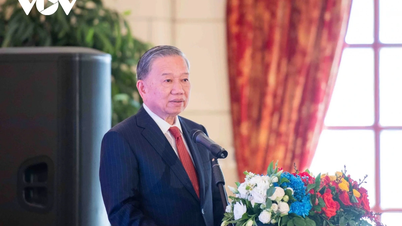
















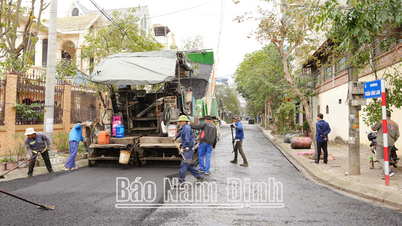

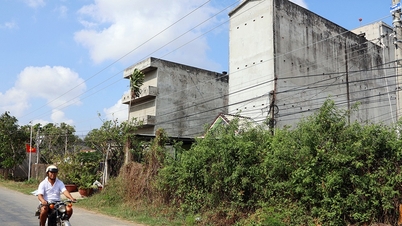
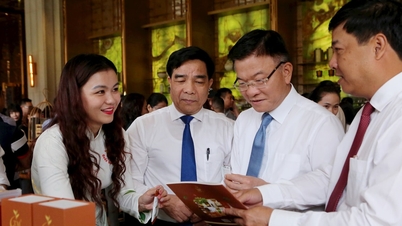



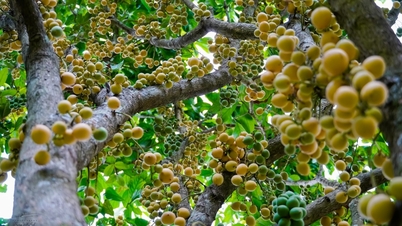











Comment (0)